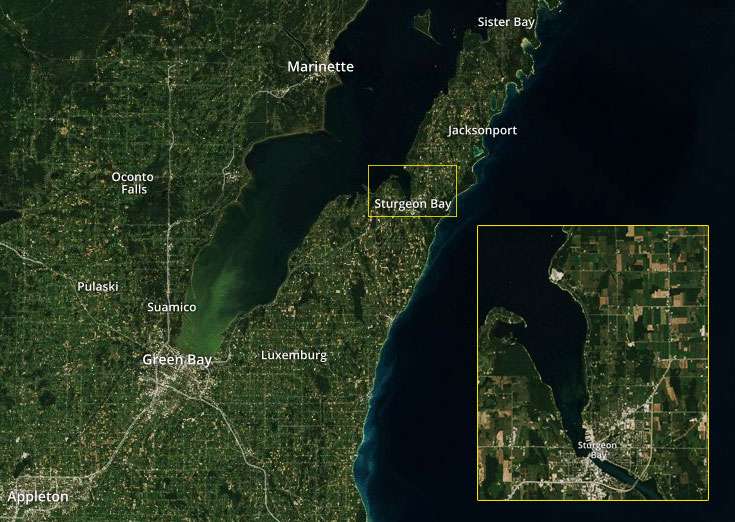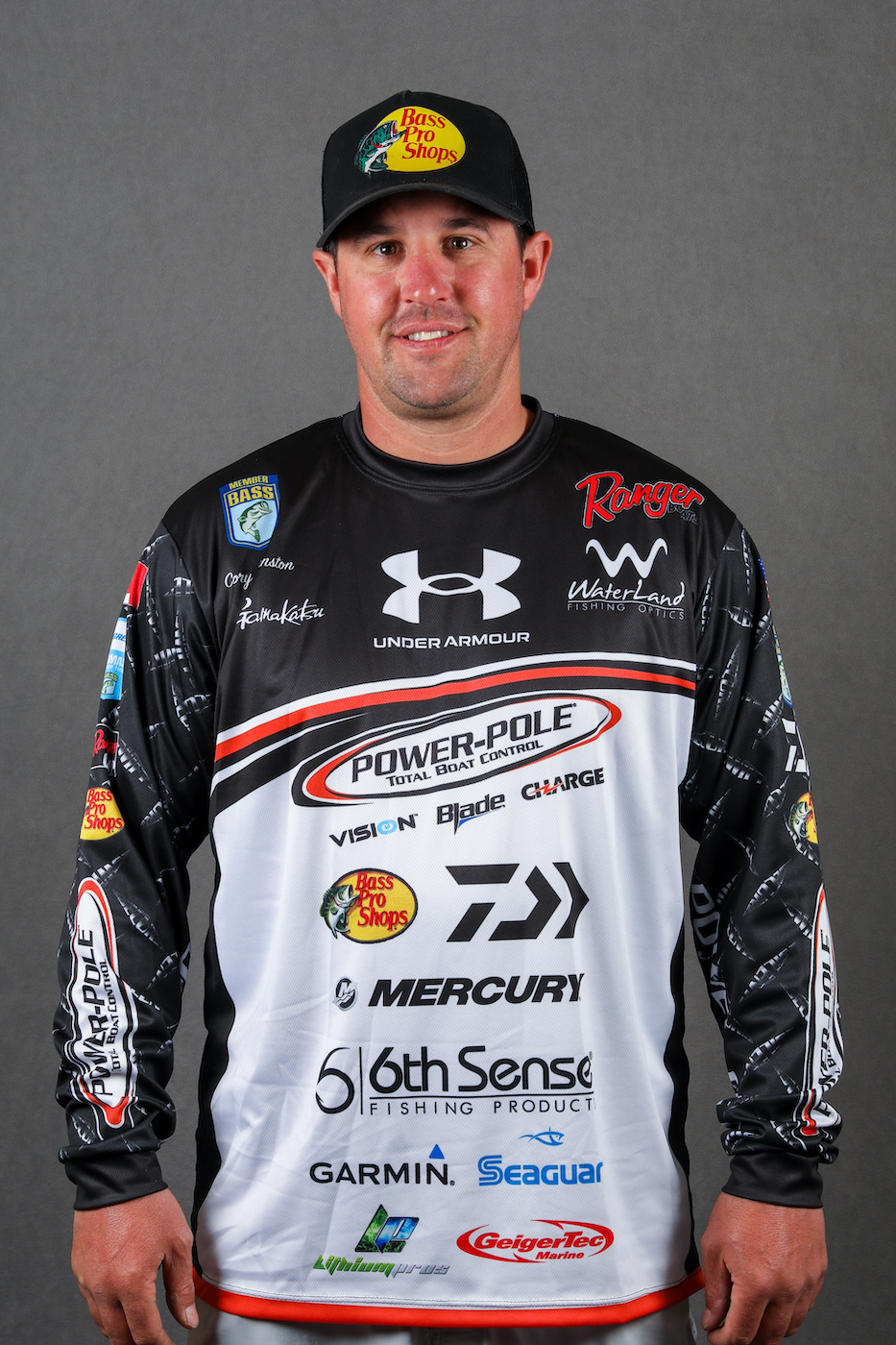
Although it was disappointing to have the Fort Gibson Bassmaster Elite Series stop postponed, I never like to waste an opportunity to go smallmouth fishing. So instead of heading home, I drove up to Sturgeon Bay, Wisc., to fun fish and compete in a few local events. I’m fishing the Sturgeon Bay Open, along with some other Elite Series pros like Gussy (Jeff Gustafson), Seth Feider, Chris Groh and maybe Brad Whatley.
Here’s what I’m finding out about the smallmouth bite right now.
Late-start spring
There’s no doubt that spring this year is definitely behind schedule — about two weeks behind, I think. It’s been cold and we’ve got a ton of high water, but that’s not a bad thing for the fishing. It can actually make it better.
In Sturgeon Bay this week I’m seeing water temps from 44 in the big water to 55 in the backwater. The smallmouth start making their beds when the water gets into the mid-50s. We’re not there yet. Instead, we’re still in full prespawn.
The smallmouth spawn cycle
As soon as the ice comes out, it seems like all the smallmouth come into the back bays and shallows to feed from the long winter. After that happens, a lot of the big fish disappear. What I think happens is they go back over deep water and suspend. They kind of hang out and just get ready for the spawn. But once the spawn gets close, all those big females will pull back in.
I do think a lot of the biggest smallmouth spawn first, but there’s no set rule. And you can definitely find a few big ones kicking around late into the spawn.
The optimal spawning water temperature is between 55 and 65 degrees.
Sight smallies
When the smallies do move up to spawn, you’re generally talking about a sight-fishing opportunity. How deep you can see depends on where you’re fishing, but smallmouth lakes tend to be clear to clearer, so I’m often sight fishing as deep as 20 feet. But it’s just as likely I’ll be sight fishing in a foot of water, even in the same area where I’m fishing 20 feet.
I like to catch the fish that I can see. I usually start looking in the 8- to 10-foot range and start playing around. If I’m going into a tournament, then I’m just looking, not throwing. That way I know what I’m getting myself into.
The smallmouth like to spawn on something, like rock, any kind of gravel, a boulder, a patch of weeds, a stick — anything. Sometimes they’ll be in the cracks of slate. A lot of times they’ll just be out in the middle of nowhere on a gravel flat.
I like to throw basic baits for bedfish, like a tube, dropshot, Senko. You’re looking at them, throwing right into the bed, then picking up the trolling motor and going straight to the next bed, and so on. It’s a lot different than the prespawn, when you’re doing a lot more dragging because they’re just sitting on bottom eating gobies and crayfish.
Also, there’s generally a short time between the prespawn and the spawn when the water’s warm enough that you can catch them on a jerkbait.
When it’s over
Smallies are a bit different than largemouth, because the females generally hang out after they spawn. The shallow water’s warmer, so they seem to hang out there, feeding up after the spawn. It all depends on where you are though. Sometimes they’ll stay shallow for a month or two. Some will go straight to the deep water. Different fisheries have different dynamics, like bait type, current, water color, which definitely determine what the fish are going to do immediately after the spawn.

